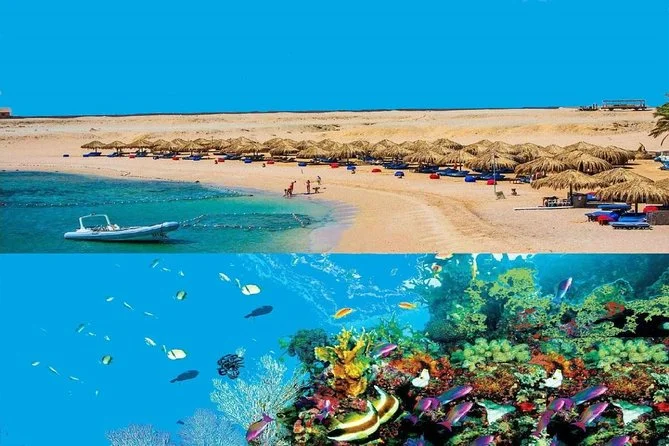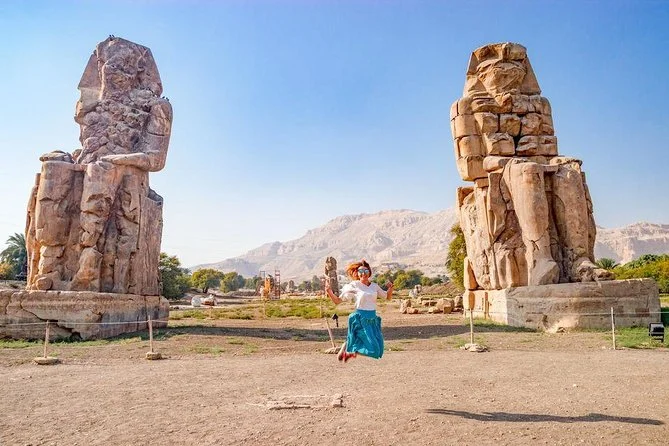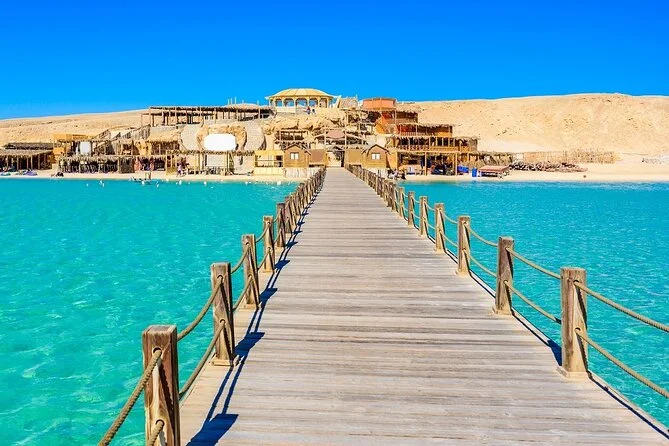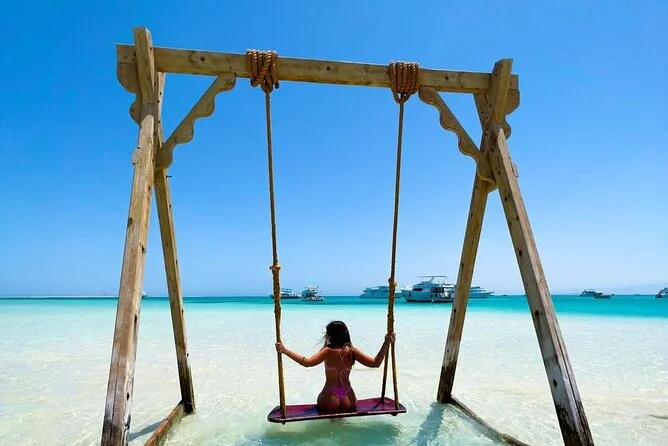Hurghada 2026: Why the Dolphin House Cruise Is Beloved
Quick Summary (TL;DR): The Dolphin House cruise from Hurghada combines a relaxed Red Sea boat day with a responsible chance to spot wild dolphins over intact coral—an accessible, full-day outing suited to most travelers in 2025–2026.
At 8:07 AM the decks are already warm, coffee cups rattle as the captain pushes east from Hurghada Marina, and the city thins into a flat line. Ahead, the reef at Dolphin House—locals call it Sha‘ab El Erg—glows turquoise against deep cobalt. During our March 2025 visit, the sea was almost glass, and a pod surfaced briefly at the bow: grey arcs, exhale, silence. Whether dolphins appear or not, the day slips by in salty swims, easy snorkeling, and long, sunlit drifts above hard coral heads and fields of swaying seagrass.
Why now? In 2025–2026, operators out of Hurghada are doubling down on dolphin-friendly practices—slower approaches, capped groups, and clearer briefings—responding to traveler demand for ethical wildlife encounters. Boats are newer, too, with shaded decks and freshwater showers; many run lower-emission engines, and crew now separate waste on board. The promise remains the same, but the experience is calmer, more considered, and better for marine life.
What Makes Dolphin House Special in 2026
Dolphin House is not a theme park; it’s a horseshoe of coral a 60–90 minute cruise from Hurghada, where reef edges and sandy lagoons create feeding and resting zones for wild dolphins. According to local dive instructors, sightings are most common on calm mornings when boat noise is low and visibility stretches 20–30 meters. Even without a dolphin encounter, the reef rewards: branching and table corals, blue-spotted rays in the sand, and schools of fusiliers flickering along the drop-off. The water stays swimmable year-round—around 22–23°C in winter, reaching 28–29°C by August—so beginners can float easily with a guide and life jacket. The draw, ultimately, is pace: a full day at sea, two or three snorkel stops, unhurried lunches, and the slow glide home with Hurghada’s coastline reappearing at golden hour.
Top Things to Do in Hurghada
- Snorkel the Dolphin House reef: Full-day boats typically depart at 8 AM, include two guided snorkels, and brief on respectful dolphin viewing; browse options under snorkeling and diving experiences here and the dedicated Dolphin House attraction page for details.
- Island time at Giftun: Combine Dolphin House with a soft-sand stop, or spend a separate day on the protected beaches of the Giftun archipelago; learn more about the islands and beach clubs at Giftun Islands.
- Intro dive or reef drift: Certified divers can add a relaxed drift along outer pinnacles, while first-timers try a guided intro dive in shallow, clear water.
Where to Stay in Hurghada (2026 Guide)
Base yourself near departure marinas to minimize early transfers. Central Hurghada (Sheraton Road and Marina) suits first-timers and families who want cafés and evening promenades within walking distance. North in El Gouna (about 30 km; 35–45 minutes by road), lagoons and upscale resorts appeal to couples and design-minded travelers; many Dolphin House trips collect from hotel docks. South of town, Sahl Hasheesh offers long beaches and calm water for beginners, while Makadi Bay and Soma Bay draw snorkelers and kitesurfers with excellent house reefs. Accessibility varies: look for properties with ramped jetties, wide gangways, and boats advertising stable ladders and shaded seating for reduced mobility.
Best Time to Visit Hurghada
January–February: daytime 18–22°C; sea ~22–23°C; quiet seas but cooler, good value. March–May: 24–32°C; sea warms to 23–26°C; popular spring season with clearer water. June–August: 34–40°C; sea 28–29°C; hot, calm mornings, higher demand. September–October: 28–33°C; warm water, light winds—arguably the sweet spot. November–December: 20–26°C; sea 24–25°C; shoulder season pricing with pleasant conditions. Holiday weeks (Easter, Eid, mid-October school breaks) see busier boats and higher rates.
Getting There and Around
Fly into Hurghada International Airport (HRG); central marinas are 15–20 minutes by car, while El Gouna pickups run 35–45 minutes. Most Dolphin House cruises include hotel transfers, a safety briefing, and snorkel gear; bring your own mask if you prefer a personal fit. Expect 60–90 minutes each way by boat depending on wind and sea state, with a total day of 7–8 hours. Taxis and ride apps cover short hops; for families, pre-booked minivans with child seats are common. Motion-sensitive travelers should choose larger, twin-deck boats and sit midship.
Sustainable Travel Tips
Choose operators that idle engines near dolphins, limit group size, and brief on no-chase policies. Marine biologists recommend keeping 30 meters from pods and limiting in-water time to short, guided intervals; never touch, feed, or dive down toward animals. Use a long-sleeve rash guard instead of heavy sunscreen, or choose reef-safe formulas. Pack a refillable bottle, refuse single-use plastics onboard, and keep fins off coral. In town, dress modestly away from resort zones, and tip crew in small local currency denominations to support fair wages.
Frequently Asked Questions
How many days do you need in Hurghada?
Plan 2–3 days if Dolphin House is a priority. That gives a weather buffer, one full boat day, and time for a second reef or island outing without rushing evenings or airport transfers.
Is Hurghada good for families or non-swimmers?
Yes. Most boats provide life jackets, noodles, and shallow-reef stops with guide support. Calm morning seas suit children and beginners, and shaded upper decks help with heat. Confirm ladder design and toilet access if mobility is limited.
What's the best month to visit Hurghada?
May and October balance warm water, lighter winds, and moderate crowds. Spring (March–May) brings improving visibility, while September–October offers the year’s calmest snorkeling with sea temperatures around 27–29°C.
Whether dolphins appear for a minute or a mile, the Hurghada cruise is really about an unhurried Red Sea day—light on scripted moments, heavy on salt and sun. If you’re building a longer Red Sea itinerary, pair Hurghada’s reefs with the quieter bays farther south in Marsa Alam for a complementary, wilder feel.



